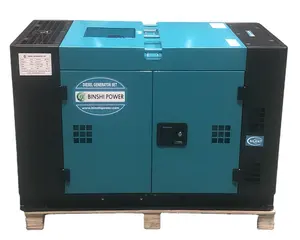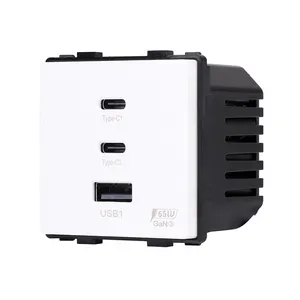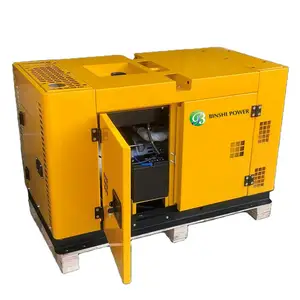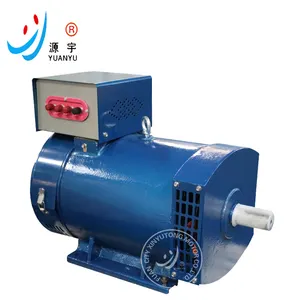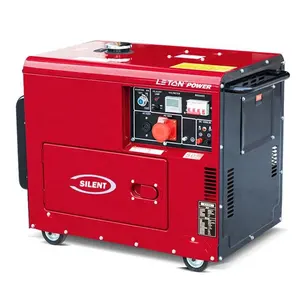Popular in your industry



























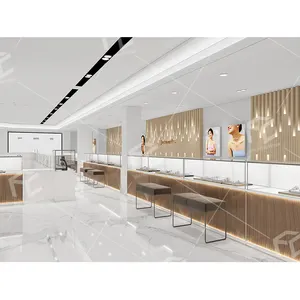









































































































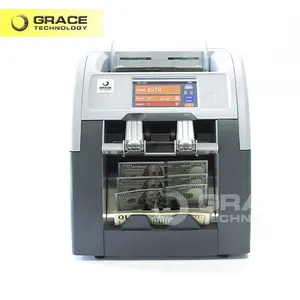















































































Top categories
About two color counters
Within the realm of educational tools, two color counters stand out as a versatile and essential resource for teaching a variety of mathematical concepts. These counters, typically circular in shape and dual-hued, serve as tactile aids for students to visualize and solve problems. The two color counters are not just another classroom accessory; they are a bridge between abstract mathematical ideas and tangible understanding.
Types and Characteristics of Two Color Counters
The diversity of two color counters is vast, with each type tailored to specific educational needs. The standard flat counters are perfect for basic counting and operations, while textured or ridged counters provide sensory feedback that can aid students with special educational needs. Some counters feature interlocking edges, which are excellent for illustrating connections and relationships in mathematics, such as factors or multiples. Magnetic two color counters are particularly useful for group demonstrations, as they can be easily seen by all students when placed on a whiteboard. The variety ensures that educators can find the perfect match for their teaching style and the learning needs of their students.
Structure and Operation of Two Color Counters
The design of two color counters is intentionally straightforward, yet their structure is the key to their functionality. Each counter is a disc, with one color on one side and a contrasting color on the other. This simple design belies the complex learning activities they can facilitate. For example, in a lesson on subtraction, a student might flip a counter from red to yellow to indicate a subtracted amount. In more advanced mathematics, such as solving linear equations, the counters can be used to represent variables and constants, providing a visual method to balance equations and understand the concept of equivalence.
Materials and Properties
The choice of materials for two color counters is critical for their functionality and longevity. Plastic counters are the most common due to their durability and ease of production. ABS plastic, in particular, is known for its strength and resistance to physical impacts and chemical corrosion, making it ideal for the wear and tear of classroom use. Wood and MDF provide an organic, tactile experience and are often sourced from sustainable forests, aligning with eco-friendly practices. Stainless steel, while less common, offers a heft and permanence that can be appealing for older students or for use in professional educational settings.
Business Usages and Applications
Two color counters are not confined to the classroom; they have practical applications in various business environments. In retail, they can be used for customer service training, helping employees visualize transaction processes or manage small inventory tasks. In project management, these counters can represent different project stages or resources, aiding in the visualization of project timelines and resource allocation. They also serve as an excellent tool for facilitating activities in workshops and team-building exercises, promoting engagement and collaborative problem-solving.
Functions and Tasks
The two color counters are designed to perform a multitude of educational functions. They can represent binary conditions such as yes/no, true/false, or present/absent, which are foundational concepts in computer science and logic. In mathematics, they are indispensable for demonstrating the principles of operations, from basic arithmetic to complex equations. They also serve as a physical representation of data for statistics and probability exercises, allowing students to conduct experiments and record outcomes in a tangible way.
Features and Unique Selling Points
One of the most compelling features of two color counters is their dual-sided coloration, which instantly doubles the ways in which they can be used. Some counters are transparent, allowing for color overlay experiments that can teach principles of color mixing and optics. The counters that interlock not only demonstrate mathematical concepts but also develop fine motor skills in younger children. These unique selling points make two color counters not just a teaching tool, but also a developmental aid.
Benefits and Positive Outcomes
The educational benefits of two color counters are extensive. They provide a hands-on approach to learning that can increase student engagement and improve comprehension. For visual learners, they offer a clear and colorful way to see and understand abstract concepts. The counters also promote active learning, where students are encouraged to explore and discover mathematical ideas through play and experimentation. This active engagement can lead to improved critical thinking skills and a deeper understanding of mathematical concepts.
How can two color counters enhance learning in the classroom?
Two color counters enhance learning by providing a concrete method for students to grasp abstract mathematical concepts. They can be used to demonstrate everything from basic counting to complex equations, making them an indispensable tool for educators. By allowing students to physically manipulate the counters, they can better understand the relationships between numbers and the operations that connect them.
What should be considered when choosing two color counters?
When selecting two color counters, consider the material and size that would be most appropriate for the intended audience. For younger children, larger, plastic or ABS counters are ideal due to their safety and ease of handling. For older students, smaller, more durable materials like wood or stainless steel may be more suitable. Additionally, consider the colors of the counters for maximum visual impact and the quality of the surface treatment for longevity.
How to maintain and store two color counters?
Maintaining two color counters involves proper cleaning and storage. Plastic and ABS counters can be wiped down with a disinfectant to keep them hygienic for classroom use. Wooden and stainless steel counters may require specific cleaning agents to maintain their finish. Storing the counters in a dry, organized container will prevent loss and damage, ensuring that they remain a valuable resource for years to come.
